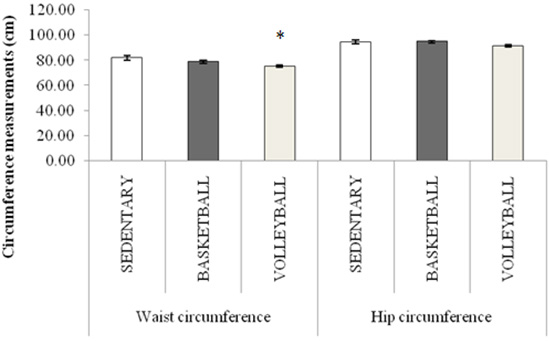Physical Fitness of Basketball and Volleyball Players of Kolkata, India
Abstract
Background and Aim: Data of fitness profile parameters in Indian basketball and volleyball players are scanty. Present study aimed to evaluate the fitness profile parameters of the volleyball and basketball players and compare the data between the groups and with their overseas and sedentary counterparts. Methods: Volleyball (n=40) and basketball (n=40) players belonging to the age group of 18-30 years were recruited from Kolkata, India in addition to their sedentary counterparts (n=30) who were recruited from the same locality where the players reside. Standard procedures were adopted to evaluate the fitness profile parameters. Statistical analyses comprised of ANOVA followed by Bonferroni’s post-hoc analysis with the level of significance set at p<0.05. Results: Basketball players had significantly higher anaerobic power and BMI, % body fat and total body fat than the volleyball players, whereas, agility, body density and % LBM were significantly higher in volleyball players. Conclusion: Inter-group difference among the experimental group individuals may be attributed to the variation in the physical and physiological demands pertaining to their specific sport as well as difference in their training modules. Greater fitness in the studied players in comparison to sedentary control individuals was attributed due to their regular involvement in training.






